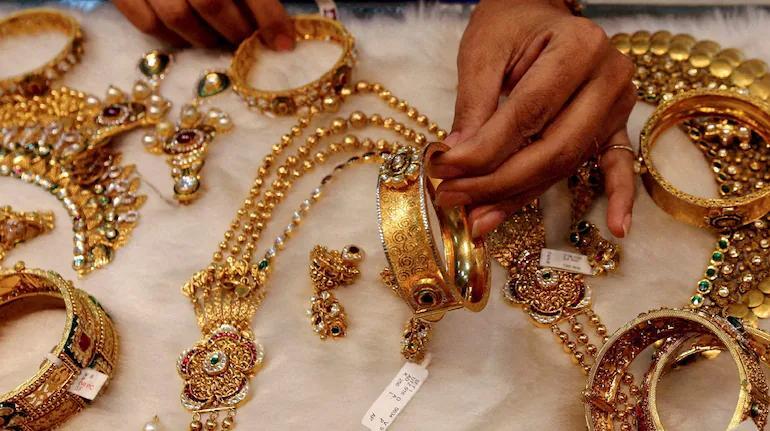
Why are gold prices surging?
The price of gold has been on a tear lately, and it’s not hard to see why. As of late, the precious metal has been surging to unprecedented heights, with prices crossing the ₹95,000 mark for the first time ever in the domestic futures market. This unprecedented rally has left investors and analysts alike scrambling to understand the driving forces behind this surge.
One of the primary reasons for the surge in gold prices is the weakening of the US dollar. The US dollar index fell by 0.5% recently, making gold more attractive to investors holding other currencies. As Renisha Chainani, head of research at Augmont, pointed out, “When the dollar weakens, gold becomes more expensive for holders of other currencies, making it more attractive to invest in.” This is because gold is priced in dollars, and when the dollar falls, it becomes cheaper for investors who hold other currencies to buy gold.
Another significant factor contributing to the surge in gold prices is the growing concern about global economic growth. The recent tariff plans announced by US President Donald Trump have caused a stir in the global economy, leading to a decline in investor confidence. As a result, investors are seeking safe-haven assets like gold, which is seen as a hedge against economic uncertainty. Chainani added, “Concerns about global economic growth prompted safe-haven inflows, which helped drive gold prices higher.”
The ongoing trade tensions between the US and China have also had a significant impact on the gold market. The tariffs imposed by both countries have led to a decline in global trade, causing uncertainty and volatility in the markets. This uncertainty has made investors more risk-averse, leading them to seek the safety of gold.
Another factor that has contributed to the surge in gold prices is the decline in interest rates. With global interest rates at historic lows, investors are finding it increasingly difficult to generate returns from traditional assets like bonds and stocks. As a result, they are turning to gold as a way to diversify their portfolios and generate returns.
The surge in gold prices has also been driven by the increasing demand for the metal from central banks and institutional investors. Central banks, which are the largest buyers of gold, have been increasing their gold reserves in recent years, driven by concerns about the stability of the global financial system. Institutional investors, such as pension funds and sovereign wealth funds, have also been increasing their allocations to gold as a way to diversify their portfolios and reduce their reliance on traditional assets.
The surge in gold prices has also been driven by the increasing popularity of exchange-traded funds (ETFs) that track the price of gold. Gold ETFs allow investors to gain exposure to the price of gold without having to physically buy and store the metal. This has made it easier for investors to invest in gold, driving up demand and prices.
In addition to the above factors, the surge in gold prices has also been driven by the increasing awareness of the importance of diversification in investment portfolios. With the global economy facing unprecedented uncertainty and volatility, investors are increasingly recognizing the importance of diversifying their portfolios to reduce their risk. Gold, with its low correlation to traditional assets, is seen as an attractive way to achieve this diversification.
In conclusion, the surge in gold prices is driven by a combination of factors, including the weakening of the US dollar, concerns about global economic growth, the decline in interest rates, increasing demand from central banks and institutional investors, the increasing popularity of gold ETFs, and the increasing awareness of the importance of diversification in investment portfolios. As the global economy continues to face uncertainty and volatility, it is likely that gold prices will continue to surge, making it an attractive investment opportunity for investors.






